Why was the prophet Moses depicted earlier with horns on his head?
Categories: Culture
By Pictolic https://pictolic.com/article/why-was-the-prophet-moses-depicted-earlier-with-horns-on-his-head.htmlIf you are interested in religion and have held old Bibles in your hands or looked at frescoes in cathedrals, then you probably know that the prophet Moses was often depicted with horns before. Of course, he does not look as extravagant as St. Christopher, but nevertheless intrigues the curious and meticulous. What is the reason for the appearance of such a canonical image of one of the main figures of Judaism and Christianity?
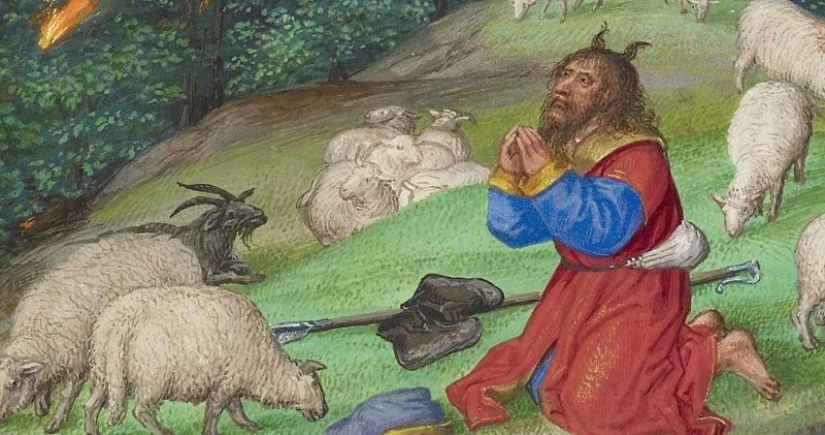
The tradition of depicting the prophet Moses with horns appeared in The Middle Ages, after the Latin translation of the Bible, the so-called Vulgate, came into use. Before that, there was a Scripture in ancient Greek, the Septuagint, which appeared in Alexandria in the III century BC.
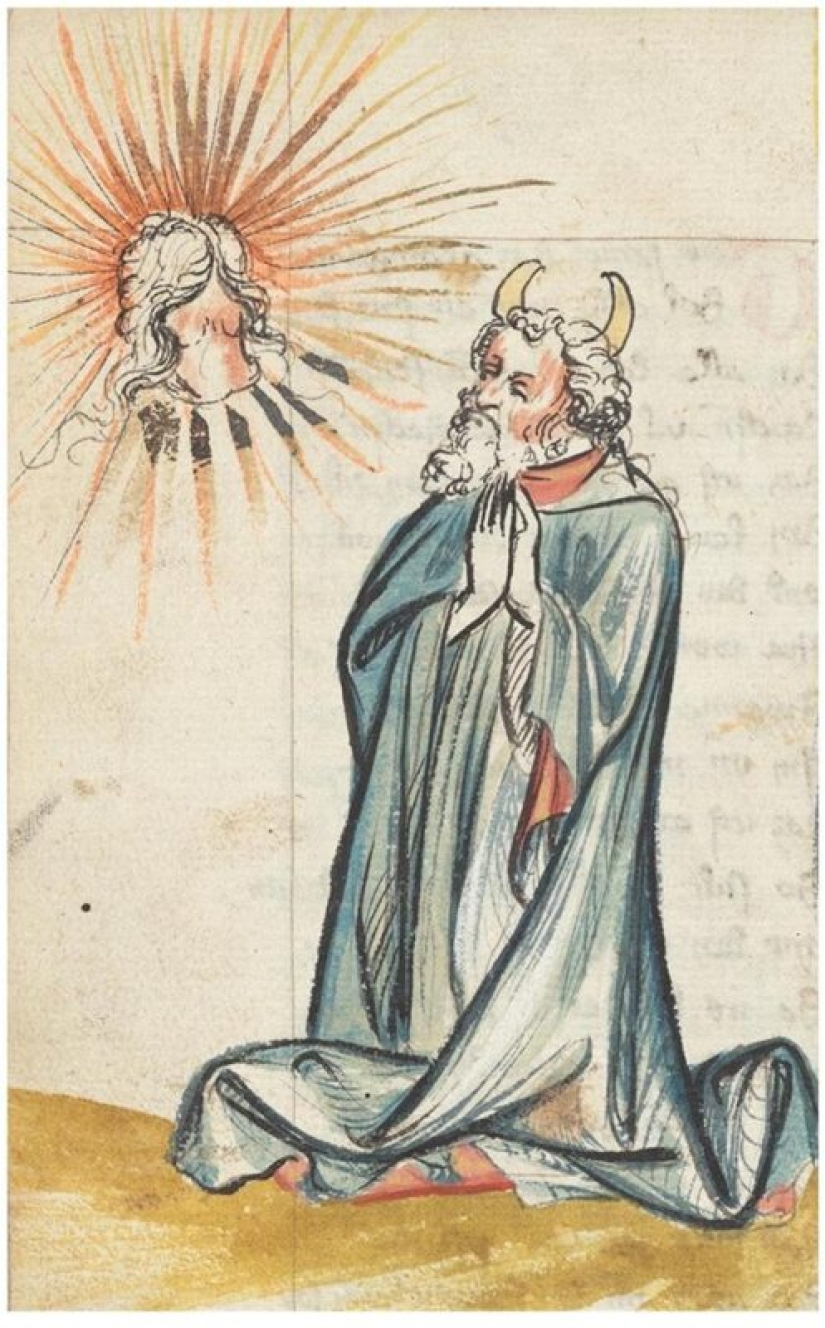
It was believed that the Vulgate was a translation made by Blessed Jerome, a more accurate and understandable version of the Bible. But it was precisely because of this "refined" translation that horns grew on Moses' head, which had never been on it. This is what is written in the Bible in Ex. 34: 29:
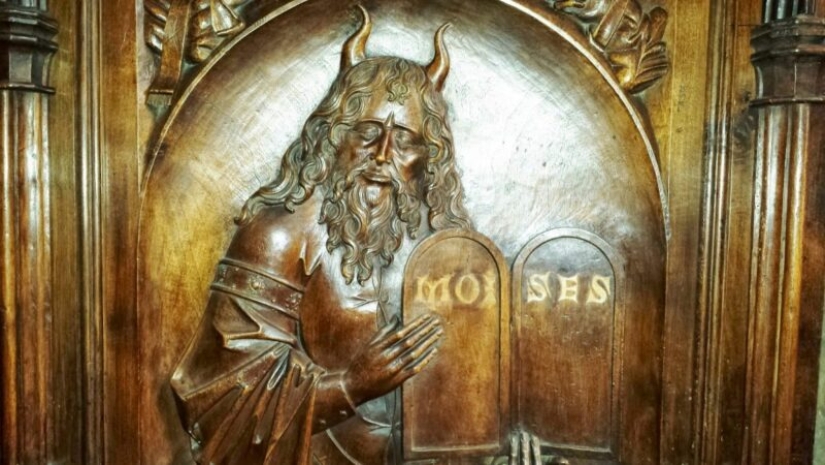
In Latin, the phrase about horns sounds like this: "Sornuta esset facies sua", or "His face was horned". But in Hebrew it looks like this: כי קרן אור פניו (ky qrn ‘wr pnw). This sentence looks strange only because vowel letters are not written in Hebrew. The horns here are indicated by the word qrn.
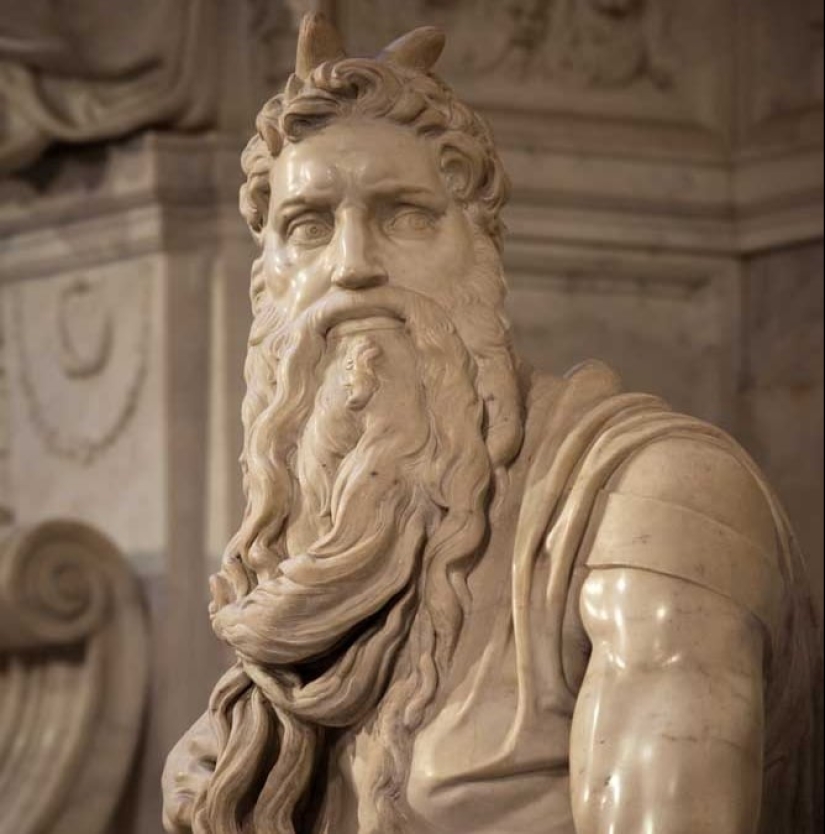
If you add vowels to it, you can get the following words: qeren — horn, qeren — ray, qaran — shine, radiate. Why Jerome chose horns out of these three options, no one knows — that's why he is blessed. With a high degree of probability, it can be assumed that Moses' face "shone because God spoke to him."
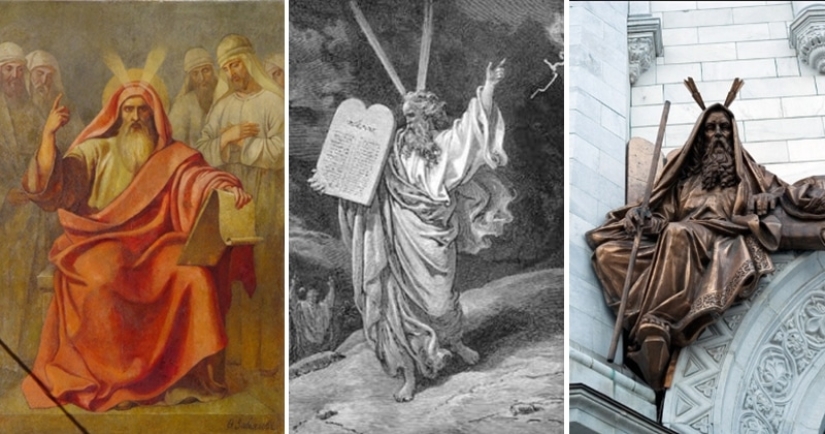
But nothing can be changed, and in the history of religion and art, the prophet remained horned. Even the Renaissance genius Michelangelo depicted Moses with horns. But later someone discovered a mistake and the biblical patriarch began to be depicted with rays emanating from his head. True, observing the established tradition, Moses was depicted with two rays located where the horns used to be.
Recent articles

Twitter user @FactBuffet collects interesting facts about everything. Today we bring to your attention another series of facts that ...

Aomori Prefecture in the north of the Japanese island of Honshu is an agricultural region famous for its delicious apples. In ...

Imagine a baby vampire or a tiny zombie with glass eyes ... An artist from the USA Bean Shanine specializes in creating such ...